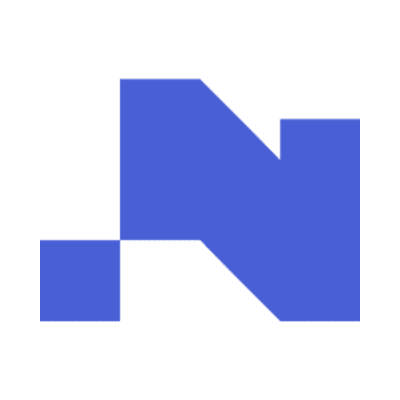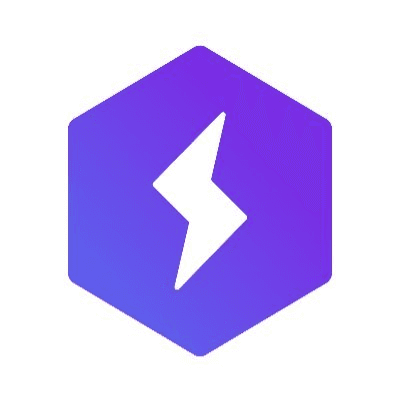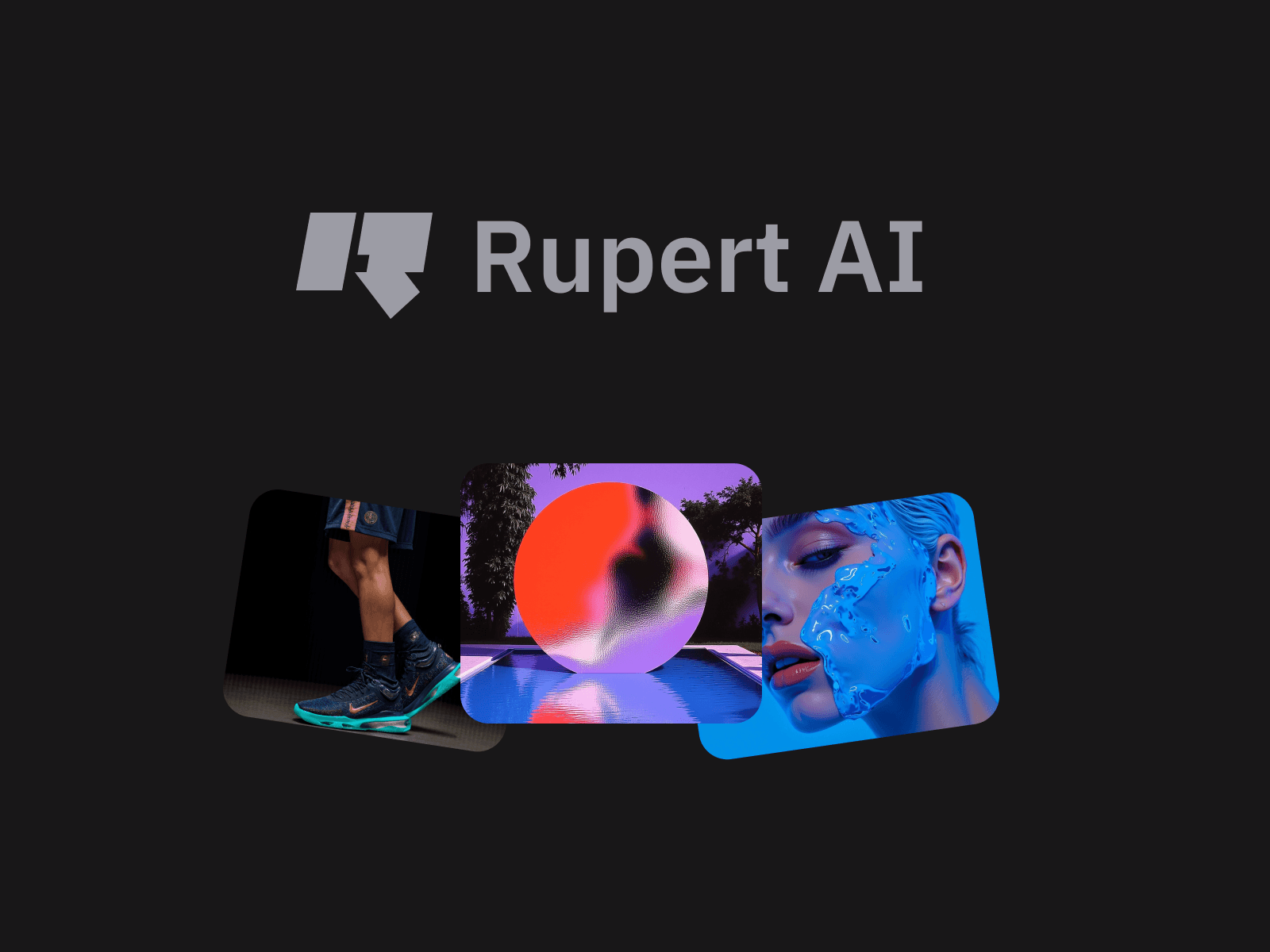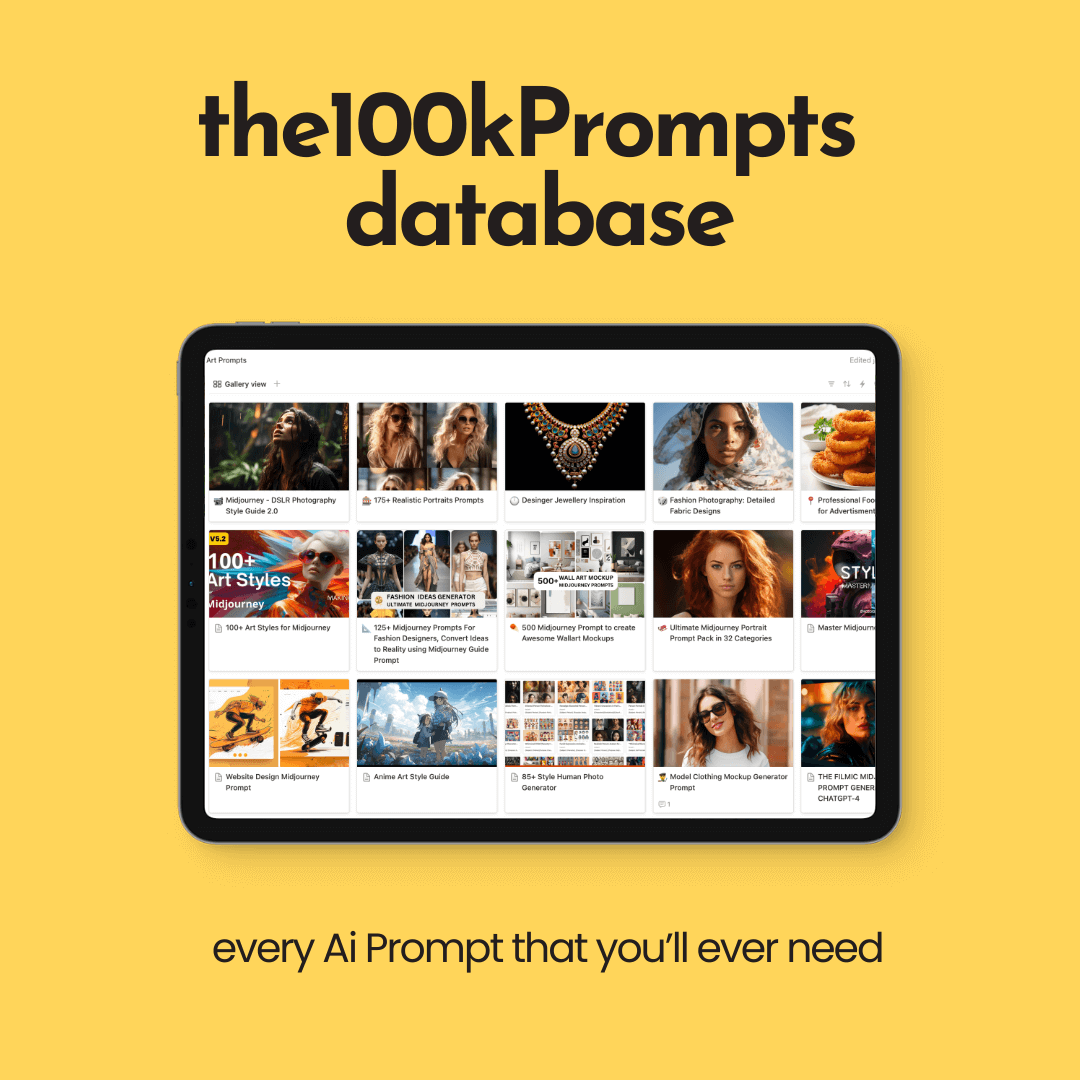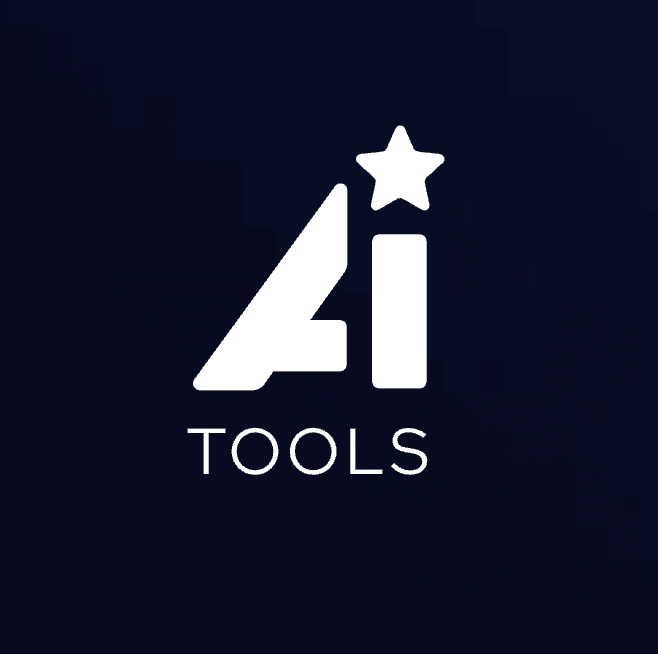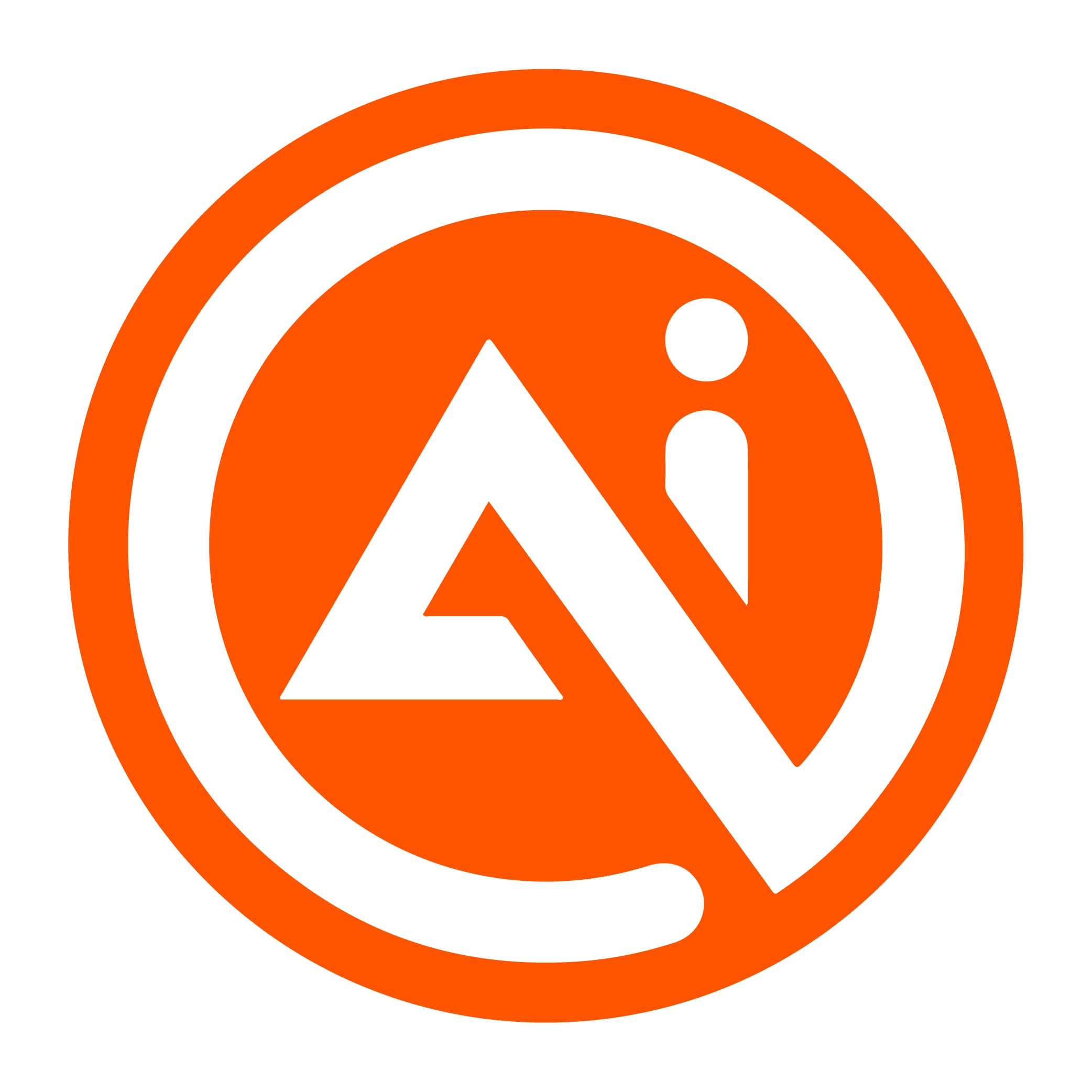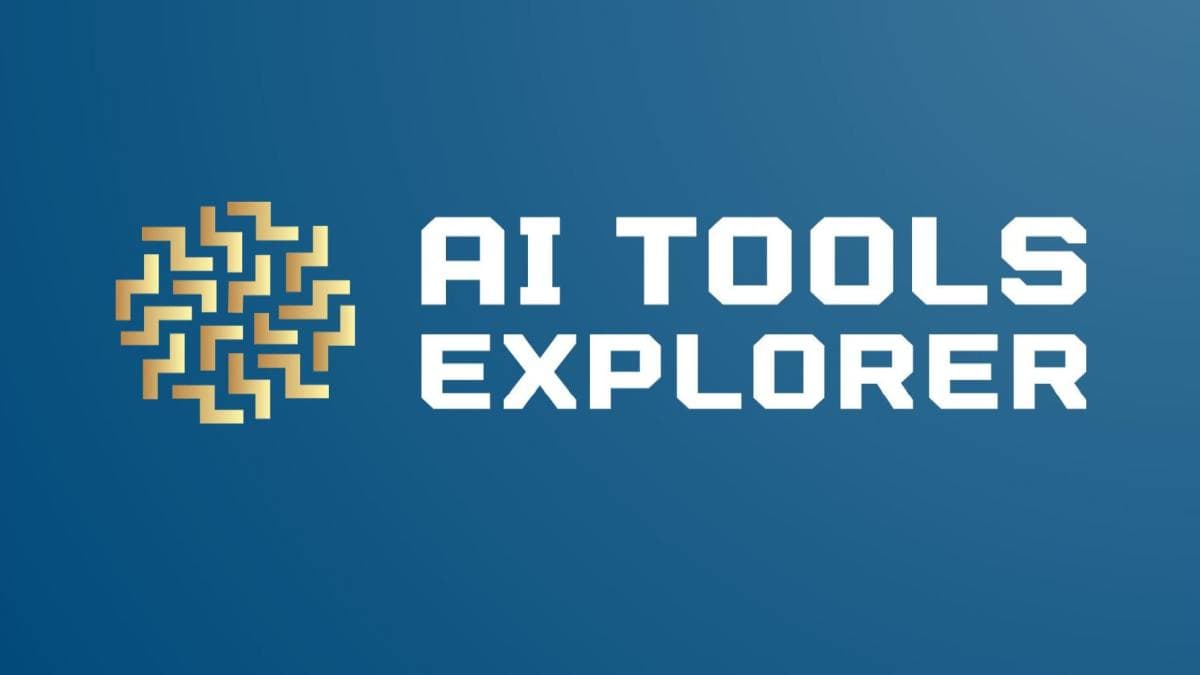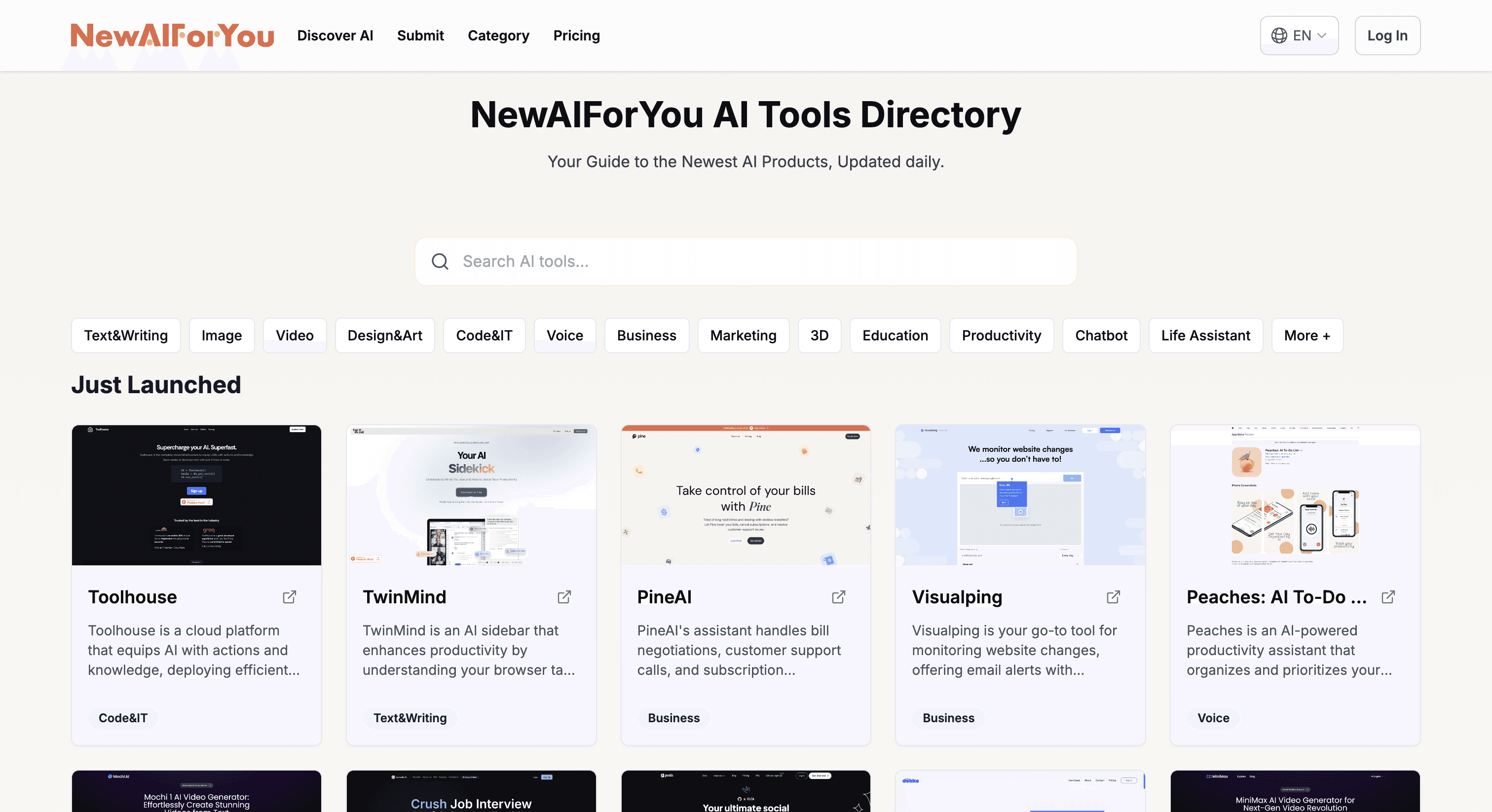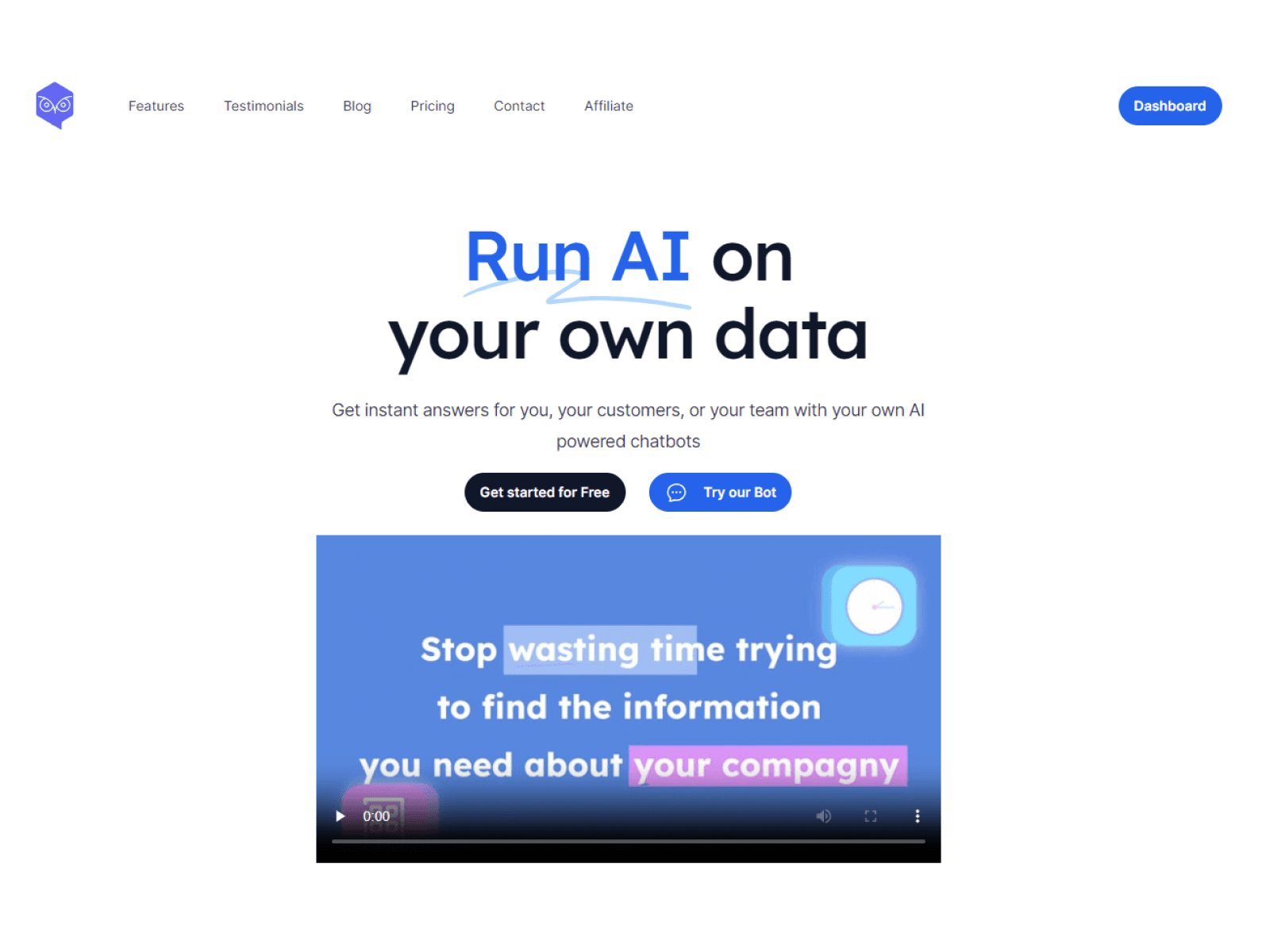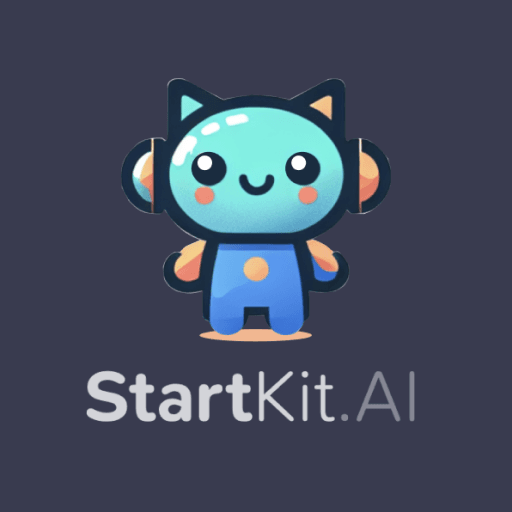Narrow AI vs. Lightning AI
Narrow AI
Introducing Narrow AI: Take the Engineer out of Prompt Engineering Narrow AI autonomously writes, monitors, and optimizes prompts for any model - so you can ship AI features 10x faster at a fraction of the cost. Maximize quality while minimizing costs - Reduce AI spend by 95% with cheaper models - Improve accuracy through Automated Prompt Optimization - Achieve faster responses with lower latency models Test new models in minutes, not weeks - Easily compare prompt performance across LLMs - Get cost and latency benchmarks for each model - Deploy on the optimal model for your use case Ship LLM features 10x faster - Automatically generate expert-level prompts - Adapt prompts to new models as they are released - Optimize prompts for quality, cost and speed Learn more at getnarrow.ai
Lightning AI
Lightning AI is the company behind PyTorch Lightning, the deep learning framework for training, finetuning and serving AI models (80+ million downloads). PyTorch Lightning started in 2015 by Lightning founder William Falcon while working on computational neuroscience research at Columbia University scaling Generative Adversarial Networks and Autoencoders in the context of neural decoding working under Liam Paninski. He open sourced it in 2019 while pursuing a PhD in self-supervised learning (SSL) at NYU and Facebook AI Research (FAIR) supervised by Kyunghyun Cho and Yann Lecun. SSL techniques are at the heart of models like Chat GPT (next word prediction). In 2019 PyTorch Lightning started to be used to train huge models on 1024+ GPUs inside Facebook AI. Today, it’s used by over 10,000 companies and 1+ million developers to train, finetune and deploy the world’s largest models. Lightning AI started in 2020 as a platform to train models on the cloud across 1000s of GPUs. Today,...
| Item | Votes | Upvote |
|---|---|---|
| Automated Model Migration | 1 | |
| Intelligent Cost & Performance Optimization | 1 | |
| Continuous Performance Monitoring | 1 |
| Item | Votes | Upvote |
|---|---|---|
| No cons yet, would you like to add one? | ||
| Item | Votes | Upvote |
|---|---|---|
| You can build e2e AI solutions | 1 | |
| Scale your models to dozens of GPUs in a few clicks | 1 | |
| You can collaborate with your team on the cloud | 1 |
| Item | Votes | Upvote |
|---|---|---|
| No cons yet, would you like to add one? | ||
Frequently Asked Questions
Narrow AI focuses on autonomously writing, monitoring, and optimizing prompts for AI models, which can significantly reduce costs and improve accuracy through automated prompt optimization. It is designed to maximize quality while minimizing costs, reduce AI spend by up to 95%, and achieve faster responses with lower latency models. On the other hand, Lightning AI, the company behind PyTorch Lightning, provides a fully end-to-end platform for training, finetuning, and deploying AI models, covering everything from distributed data processing to serving AI apps. If your primary need is optimizing prompts for cost and performance, Narrow AI might be more suitable. However, if you require an end-to-end solution for training and deploying AI models across multiple GPUs, Lightning AI is likely the better choice.
Lightning AI offers better scalability for AI models, allowing users to train and deploy models on thousands of GPUs. The platform is designed for distributed data processing and training, making it suitable for large-scale AI projects. Narrow AI, while excellent for optimizing prompts and reducing costs, does not specifically focus on scalability for training and deploying models across multiple GPUs. Therefore, if scalability is a key factor for your AI projects, Lightning AI is the more appropriate choice.
Narrow AI emphasizes ease of use in optimizing AI model prompts, offering features like automated prompt generation and optimization to improve cost, quality, and speed without requiring extensive expertise. Lightning AI, while also user-friendly, provides a comprehensive platform for building end-to-end AI solutions, which includes distributed data processing and model deployment. This makes Lightning AI more suitable for users who need a full suite of tools for AI development. In summary, Narrow AI is easier to use for prompt optimization, while Lightning AI offers a more extensive, yet user-friendly, platform for comprehensive AI development.
The pros of Narrow AI include Automated Model Migration, Intelligent Cost & Performance Optimization, and Continuous Performance Monitoring. There are currently no user-generated cons listed for Narrow AI.
Narrow AI is a platform that autonomously writes, monitors, and optimizes prompts for any model, allowing users to ship AI features 10 times faster and at a fraction of the cost. It aims to maximize quality while minimizing costs, reduce AI spend by 95% with cheaper models, improve accuracy through Automated Prompt Optimization, and achieve faster responses with lower latency models.
Narrow AI offers several features including Automated Model Migration, Intelligent Cost & Performance Optimization, Continuous Performance Monitoring, and Automated Prompt Optimization. It also allows users to easily compare prompt performance across different LLMs, get cost and latency benchmarks for each model, and deploy on the optimal model for their use case.
Narrow AI helps reduce AI costs by up to 95% through the use of cheaper models and optimizing prompts for quality, cost, and speed. This allows users to achieve high accuracy and fast responses without incurring significant expenses.
Narrow AI optimizes prompt performance through Automated Prompt Optimization, which adjusts prompts to improve accuracy, reduce latency, and lower costs. It continuously monitors performance and adapts prompts to new models as they are released, ensuring optimal performance.
Lightning AI is the company behind PyTorch Lightning, a deep learning framework for training, finetuning, and serving AI models. The platform offers a comprehensive end-to-end solution for AI development, from distributed data processing and model training to deployment and serving AI applications.
Pros of Lightning AI include the ability to build end-to-end AI solutions, scale models to dozens of GPUs with just a few clicks, and collaborate with your team on the cloud. Currently, no cons have been listed.
PyTorch Lightning was founded by William Falcon in 2015 during his computational neuroscience research at Columbia University. He open-sourced the project in 2019 while pursuing a PhD at NYU and Facebook AI Research (FAIR).
PyTorch Lightning is used for training, finetuning, and deploying AI models. It is utilized by over 10,000 companies and more than 1 million developers to handle large-scale models on extensive GPU clusters.
The core ethos of Lightning Studios is 'You do the science, we do the engineering.' This philosophy aims to provide an intuitive, easy-to-use, and fast platform for AI research and deployment, enabling users to focus on scientific innovation while Lightning Studios handles the engineering complexities.
